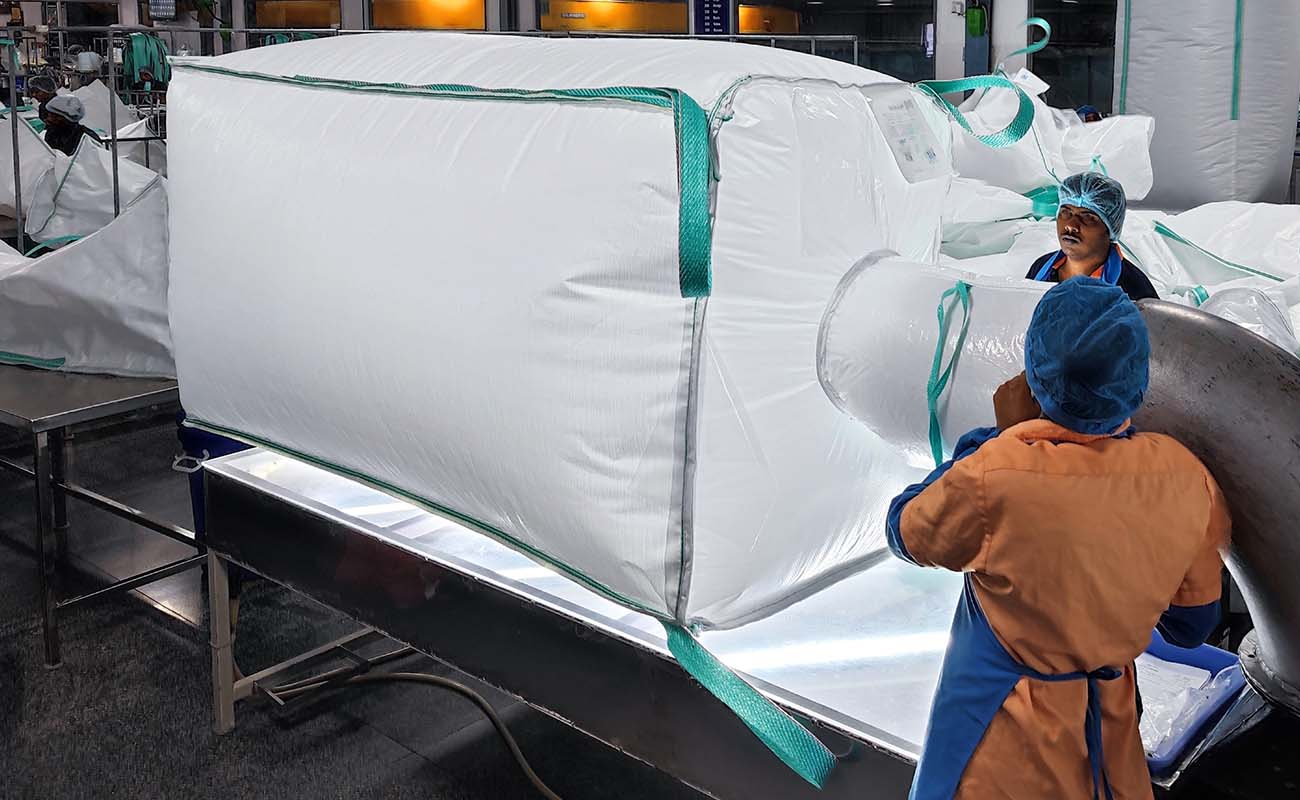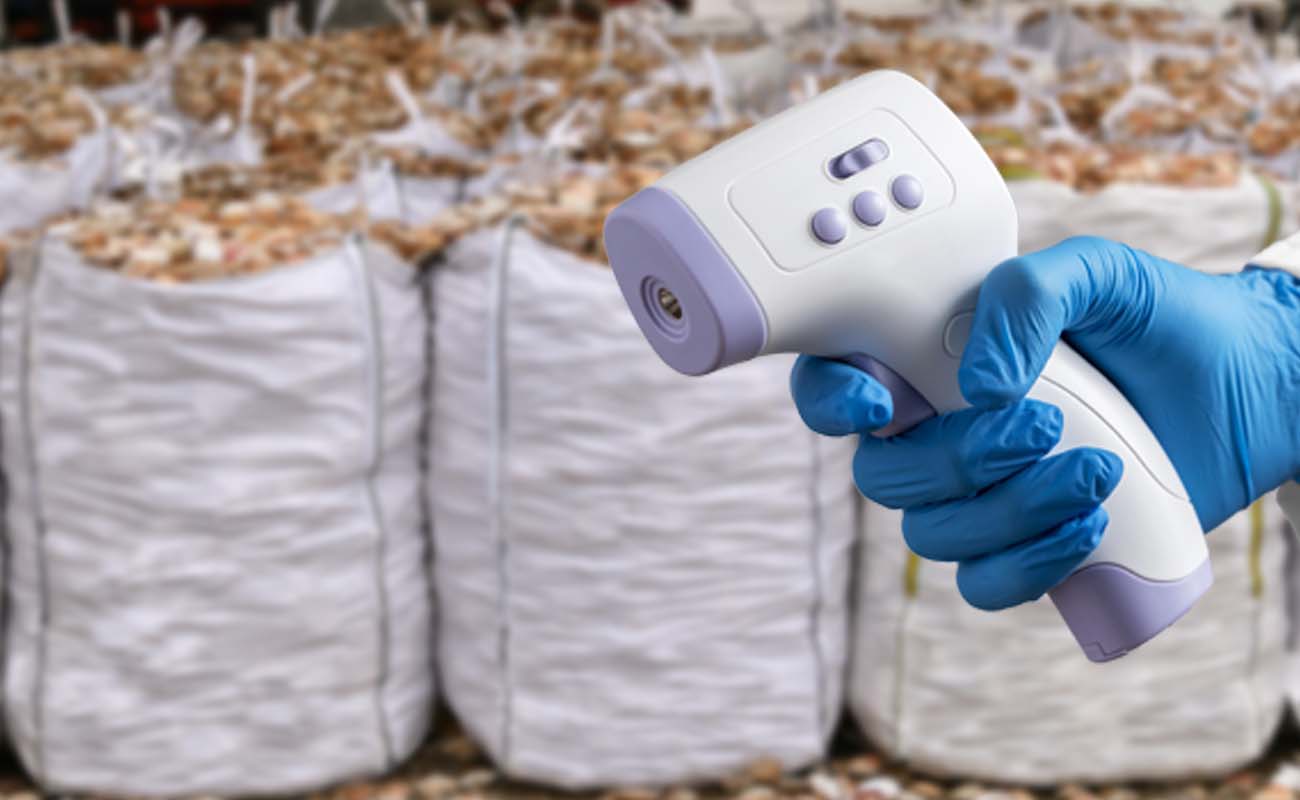Understanding the Applications of Coated FIBCs, FIBC Liners and Lined FIBCs
If you are un-initiated to the bulk bags, you will be surprised to know that various types of FIBCs are available. Some are coated while some come pre-installed with the liners. So, how would you know which one would best fit-in to your need? Here...






